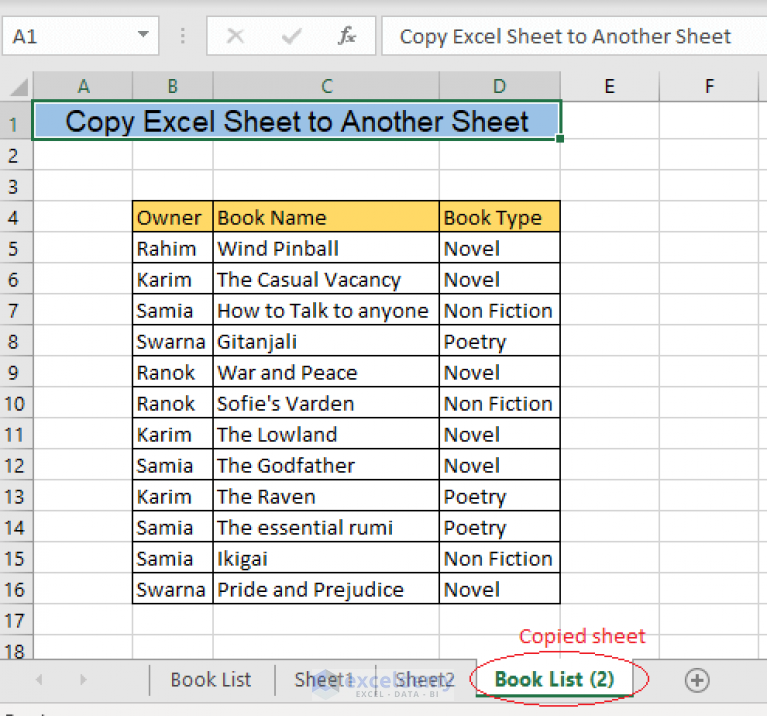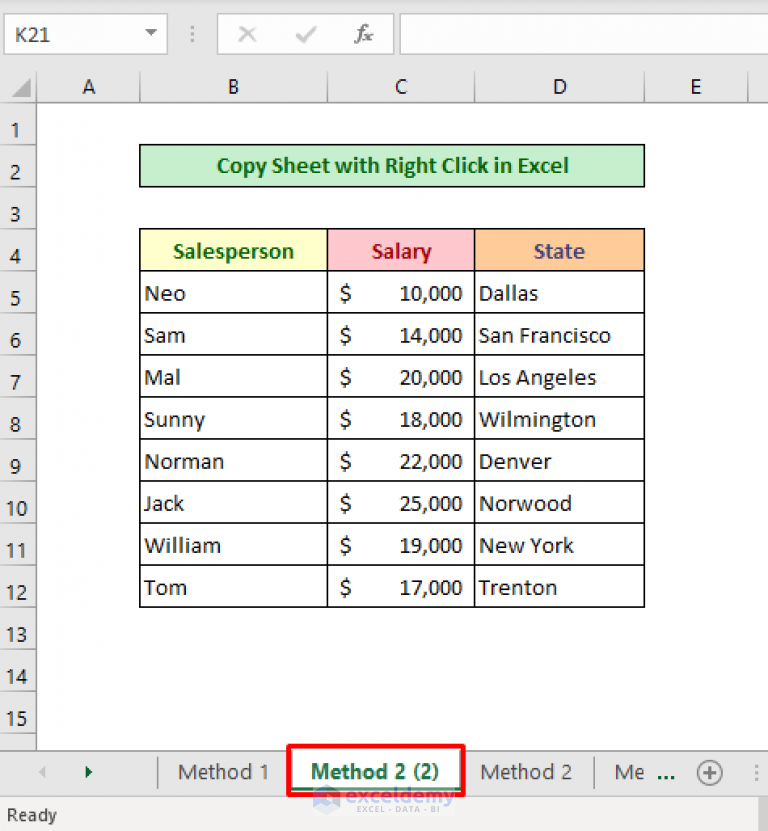5 Easy Ways to Copy Images from Excel Sheet

Have you ever found yourself needing to extract images from an Excel spreadsheet for your personal or professional projects? Whether it's for a presentation, report, or simply for architing your records, Excel's sometimes cumbersome interface can make this task seem daunting. Fear not! Here are five straightforward methods to help you copy images from an Excel sheet with ease.
Method 1: Copy and Paste the Image

The simplest and most straightforward approach involves using basic copy-paste commands:
- Open your Excel file.
- Select the image you want to copy by clicking on it. The image will be surrounded by a border.
- Right-click on the image and choose Copy or press Ctrl + C on your keyboard.
- Open the target location, whether it’s another document, image editor, or a different location within Excel, and Paste the image by right-clicking and selecting Paste or pressing Ctrl + V.
💡 Note: Images can appear slightly different in different environments due to resolution or format differences.
Method 2: Using the ‘Save As Picture’ Feature

Excel provides a feature to save pictures directly from within the application:
- Right-click on the image.
- From the context menu, select Save as Picture…
- Choose the file format and location to save the image.
💡 Note: Ensure that your Excel version supports this feature. Older versions might not have this option.
Method 3: Extract Images via VBA Script

For users comfortable with coding, Visual Basic for Applications (VBA) can automate the process:
- Press Alt + F11 to open the VBA editor.
- Insert a new module and write the following code:
- Run the script to extract images to the specified folder.
Sub ExtractImages()
Dim ws As Worksheet
Set ws = ThisWorkbook.Sheets(“Sheet1”) ‘ Change to your sheet name
Dim p As Picture
Dim imgPath As String
imgPath = “C:\Images\” ’ Specify your preferred destination
For Each p In ws.Pictures
p.Copy
With Workbooks.Add(xlWBATWorksheet).ActiveSheet
.Paste
.Shapes(1).CopyPicture xlPicture, xlBitmap
.SaveAsPicture Filename:=imgPath & p.Name & ".bmp", FileFormat:=xlPicture
.Close False
End With
Next p
End Sub
💡 Note: You'll need to adjust the path in the code to your desired location where images will be saved.
Method 4: Using Excel Add-ins

Several Excel add-ins provide image extraction functionality:
- Excel Image Assistant: Automates the process of exporting images from Excel.
- Excel Image Extractor: A free tool that allows you to extract all images at once.
💡 Note: Be cautious when installing add-ins. Ensure they come from trusted sources to avoid potential security risks.
Method 5: Screen Capture Tools

If all else fails or if the image’s context needs to be preserved:
- Use tools like Snip & Sketch (Windows) or Grab (Mac) to capture specific areas of your screen.
- Save the captured image directly from the tool to your desired location.
Summarizing these methods, we see that copying images from Excel can be managed in various ways, catering to different comfort levels with technology. Each approach, whether through simple copy-paste, using Excel's built-in features, VBA scripting, add-ins, or third-party tools, offers flexibility in extracting images for any subsequent use.
Can Excel save images automatically when saving the workbook?

+
No, Excel does not have a feature to automatically save images when saving the workbook. You must manually save or extract images using the methods described.
What file formats are available when saving pictures from Excel?

+
When saving pictures from Excel, you can typically save in formats like JPEG, BMP, PNG, and others. The exact options might vary by Excel version.
Why might my images not appear in the new location after copying?

+
This could happen if the target location does not support or recognize the image format, or if there’s an issue with permissions or file path errors.
Are there any limitations to using VBA for image extraction?

+
VBA can be powerful, but it requires knowledge of coding, can be slower for large spreadsheets, and its effectiveness can depend on Excel’s settings and add-ons installed.



